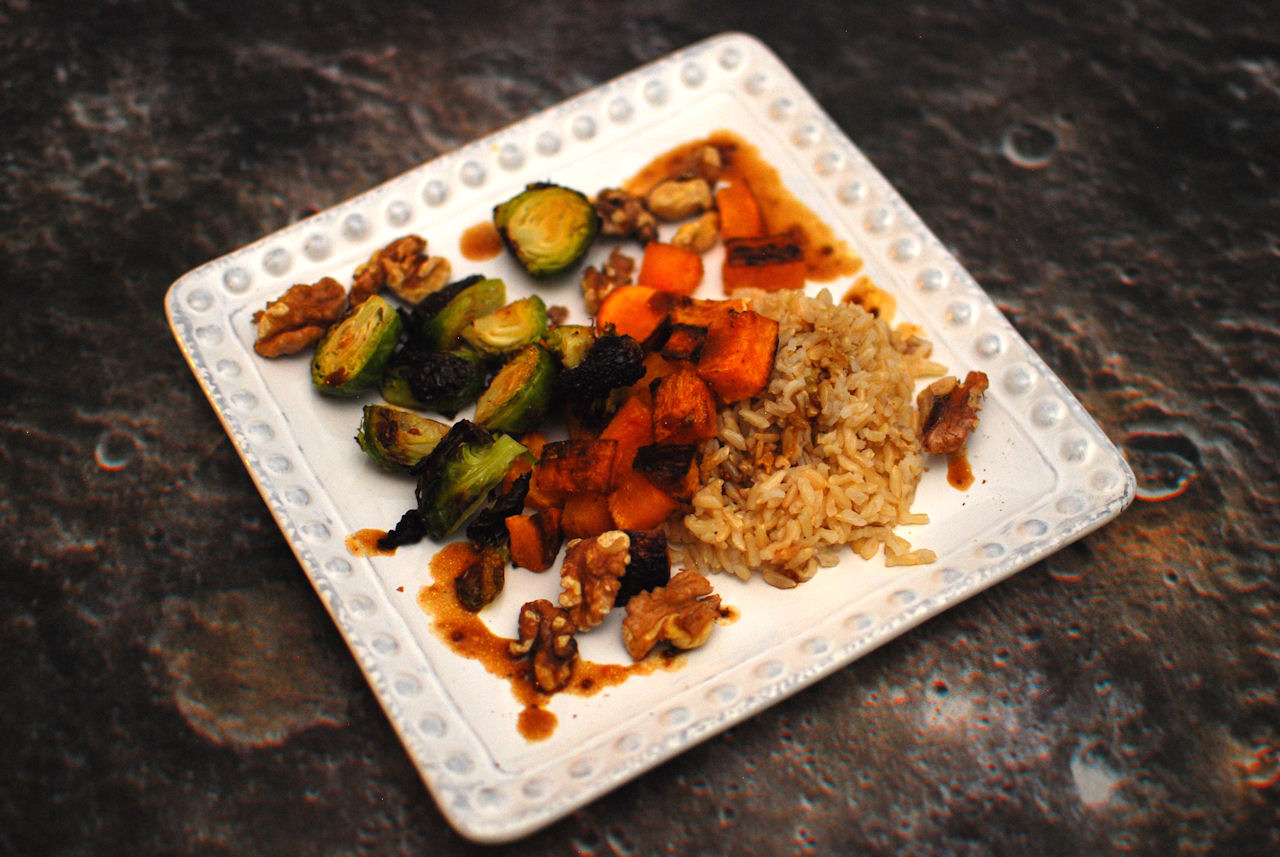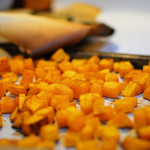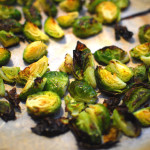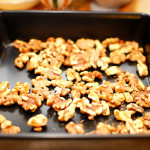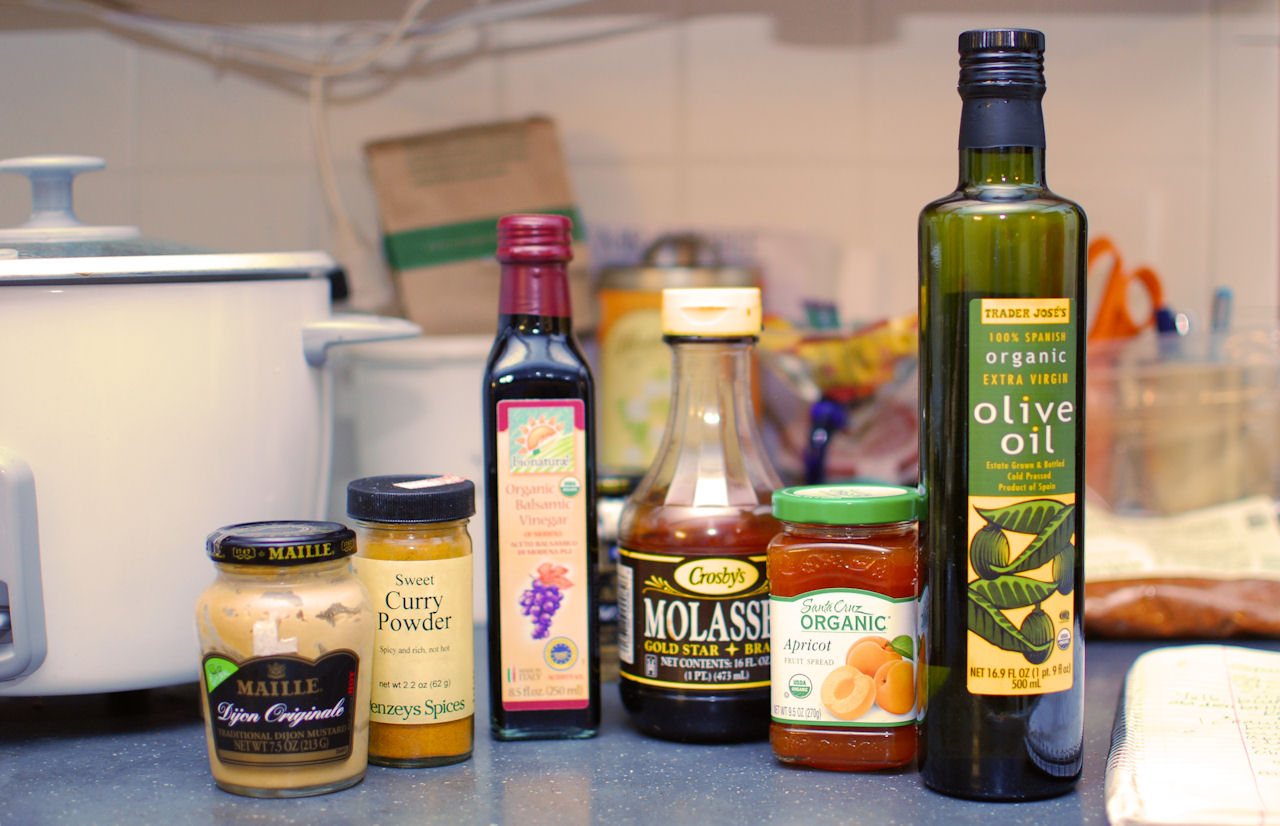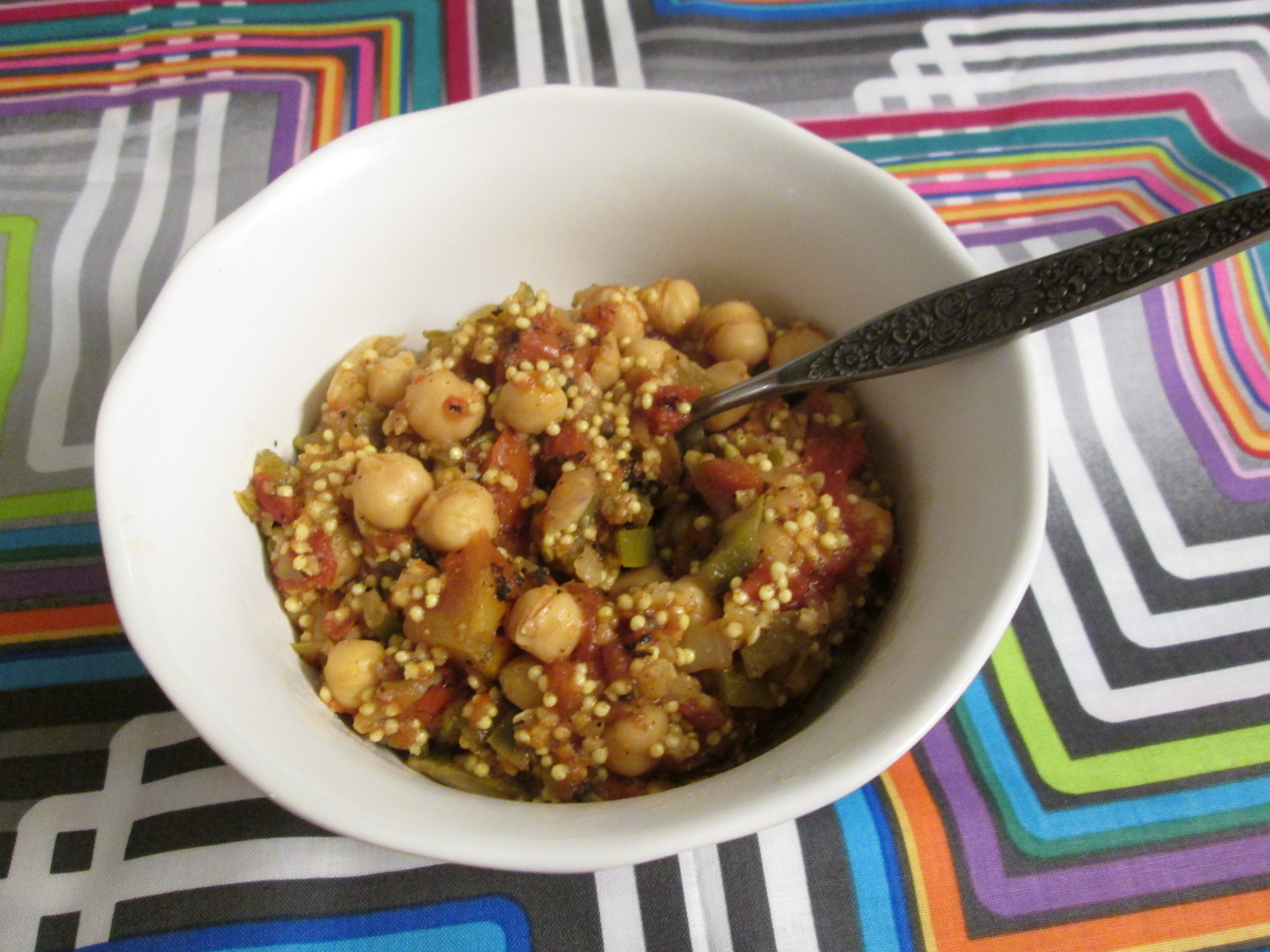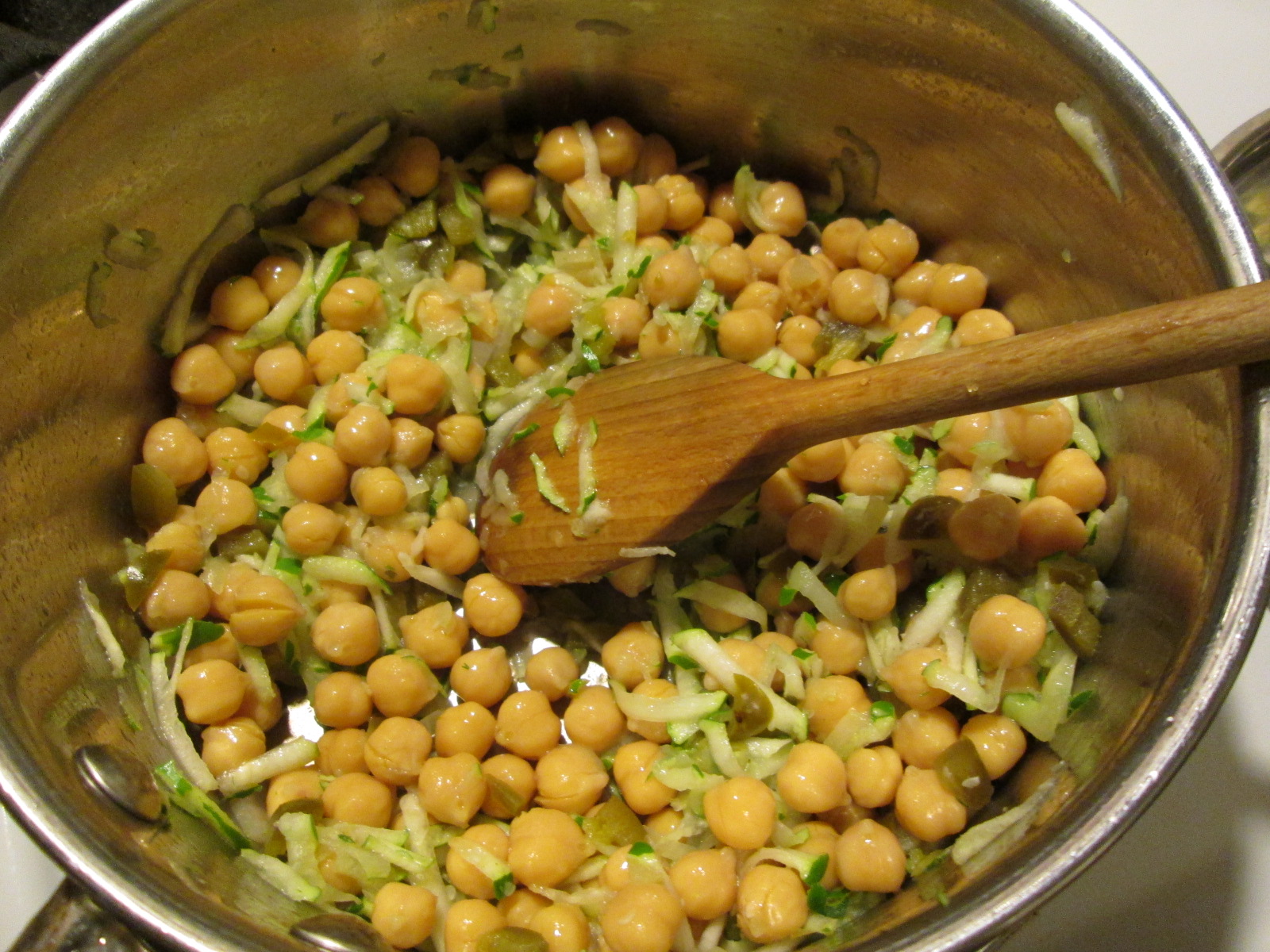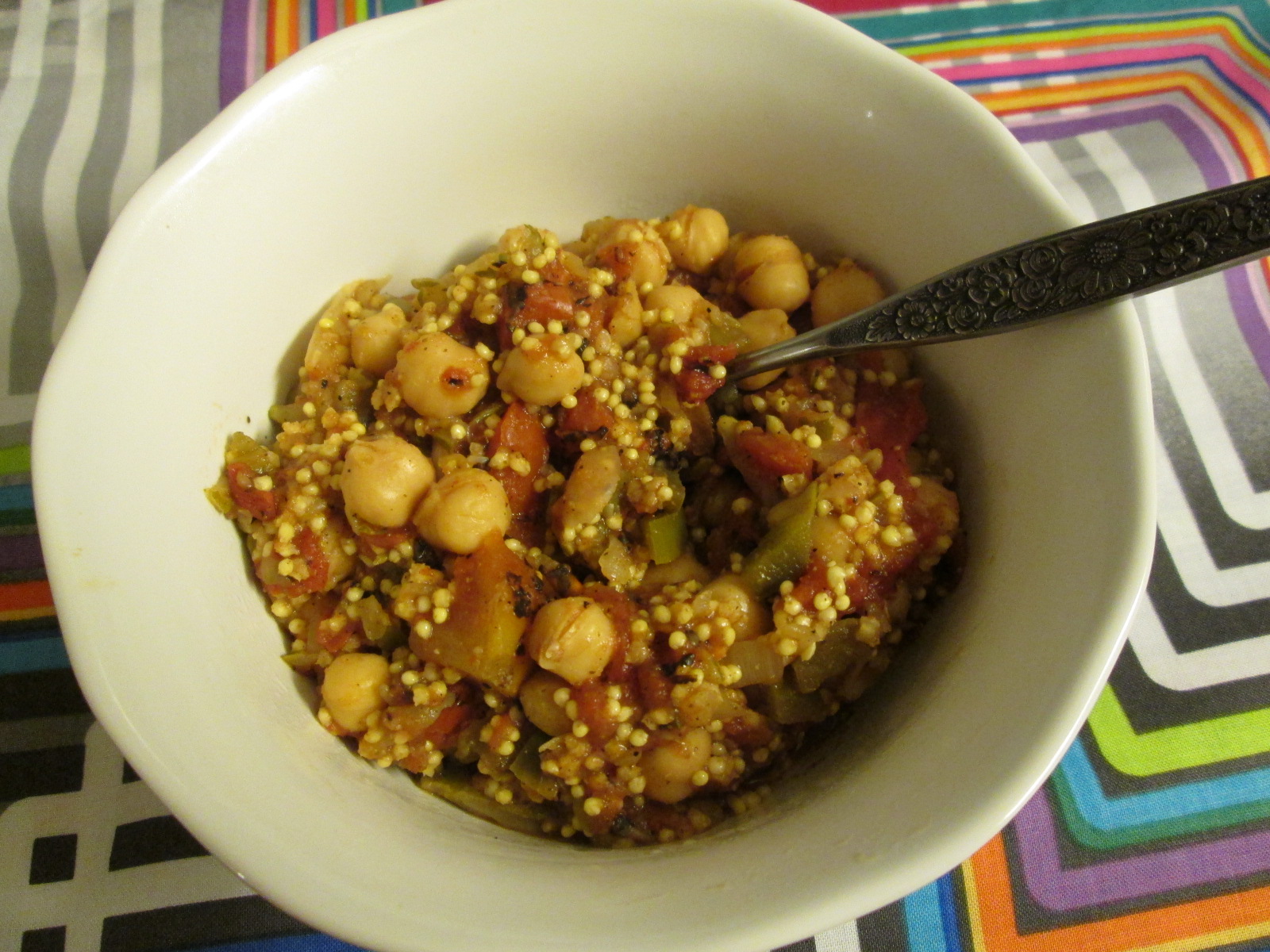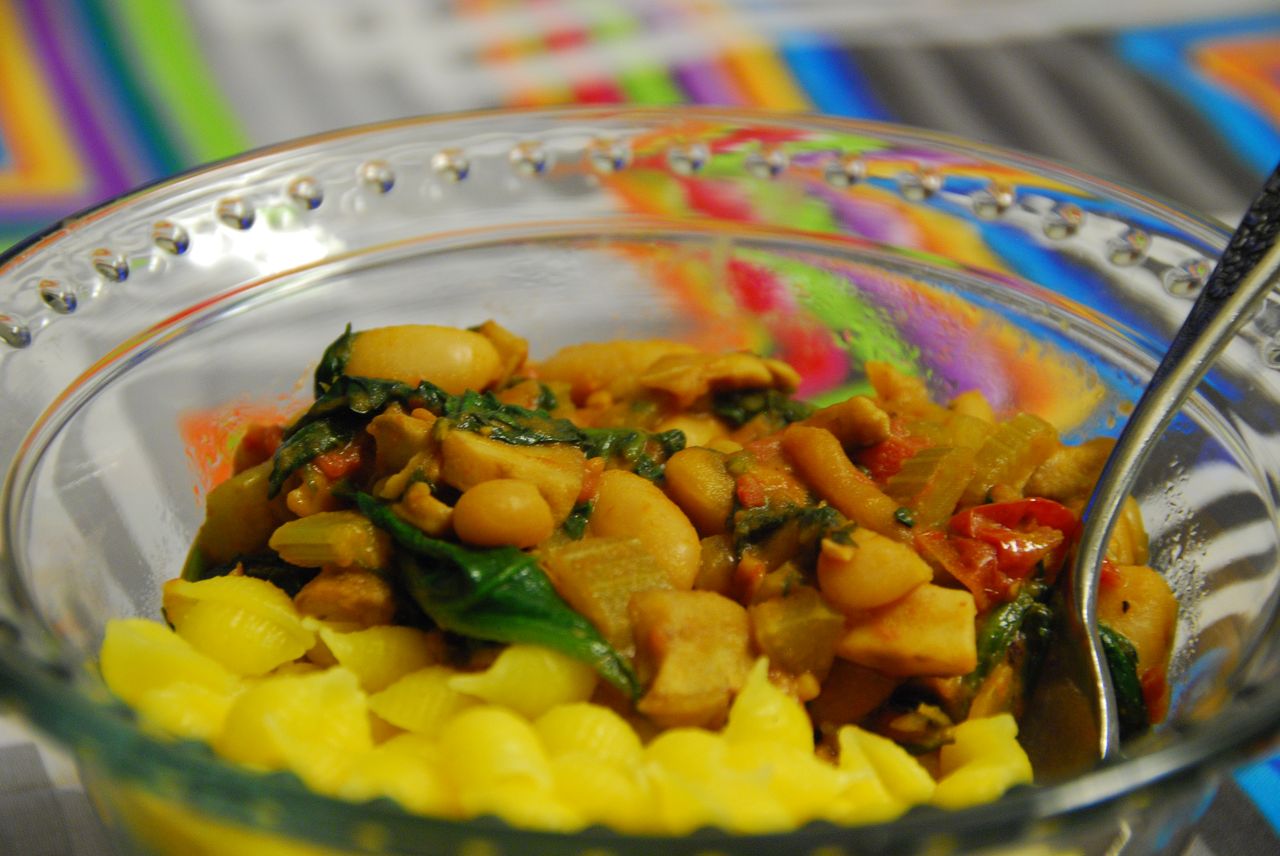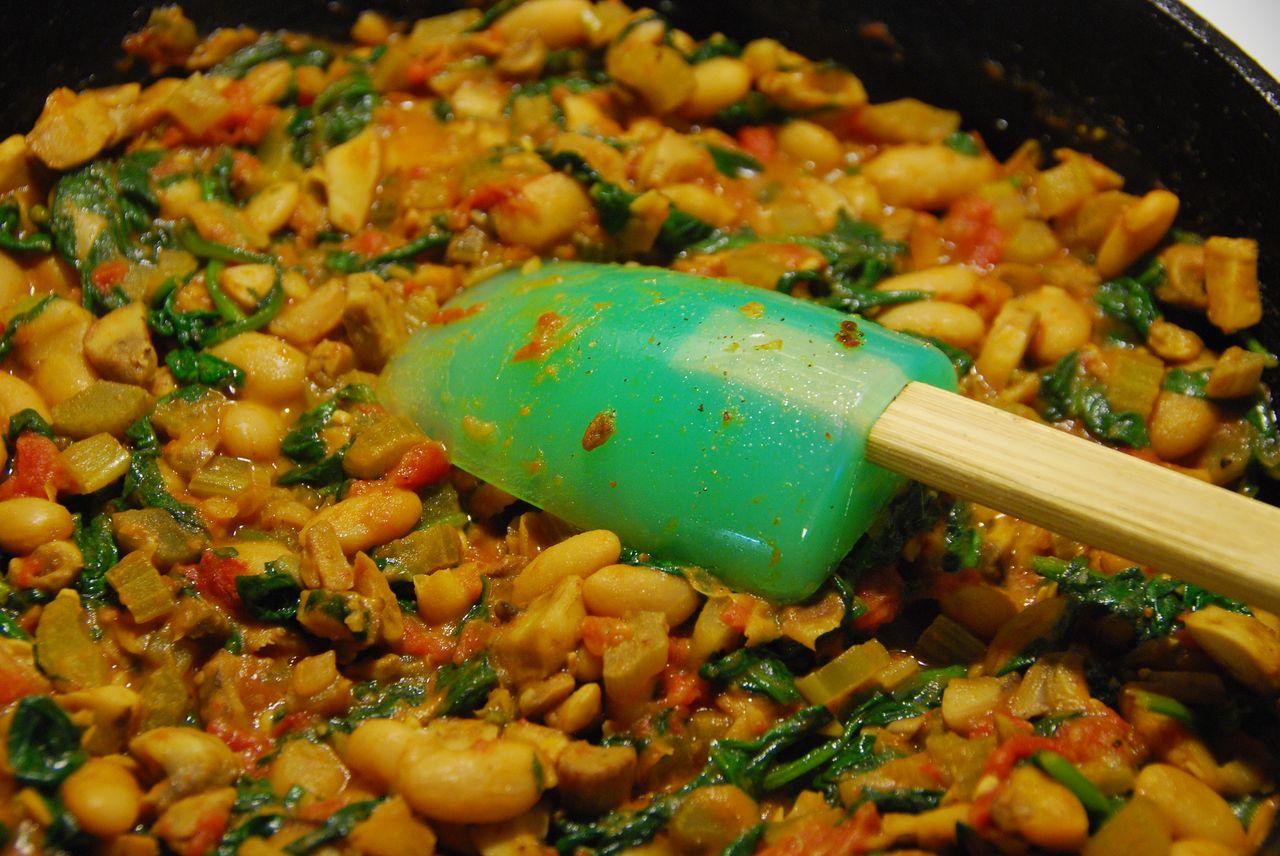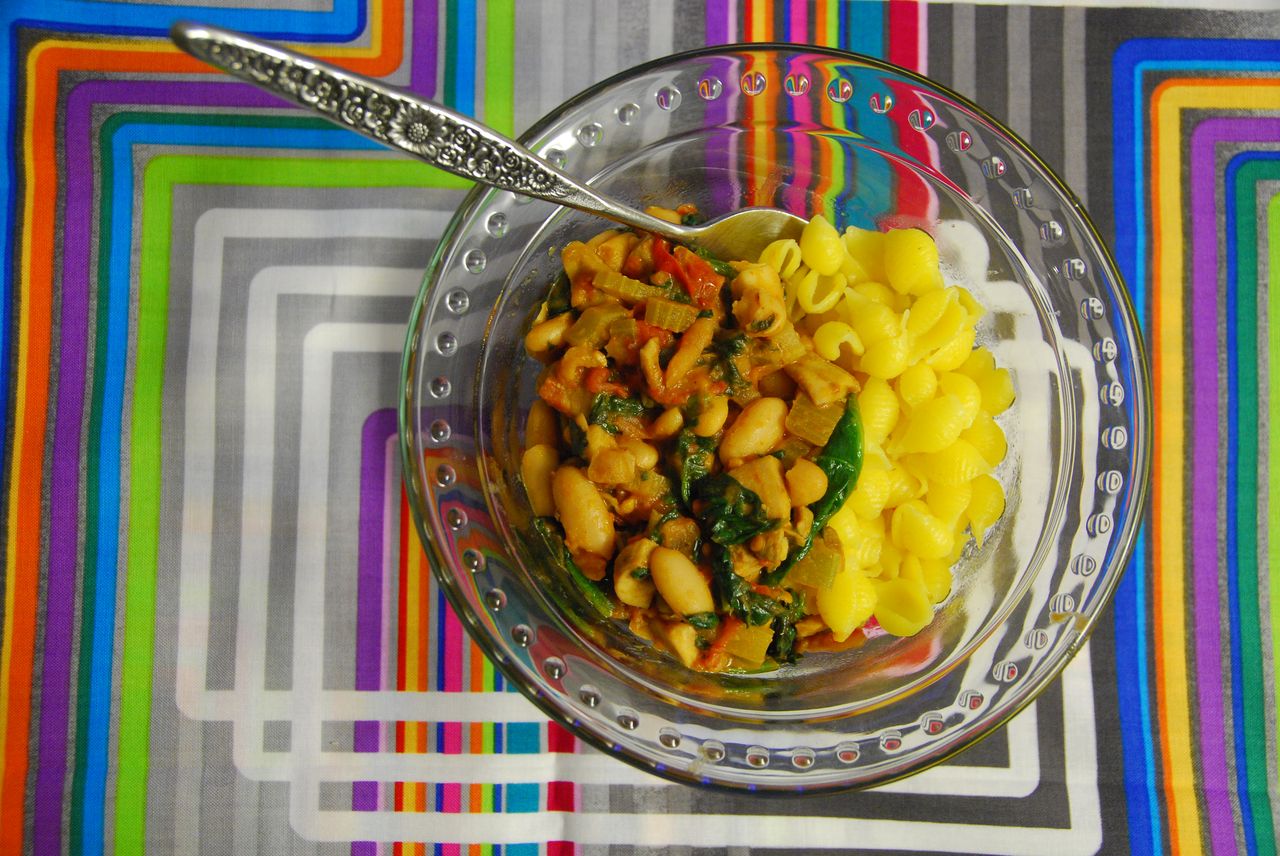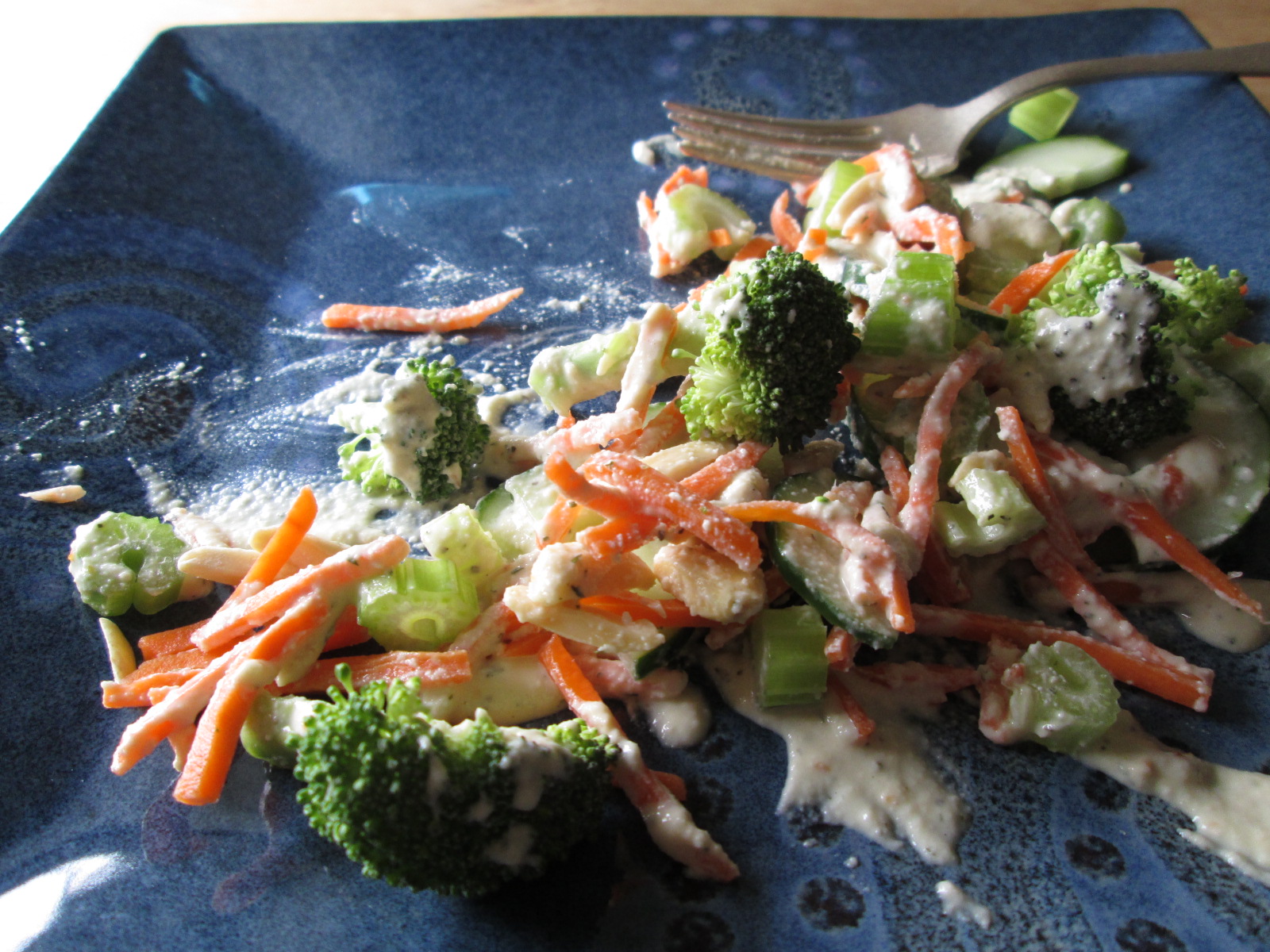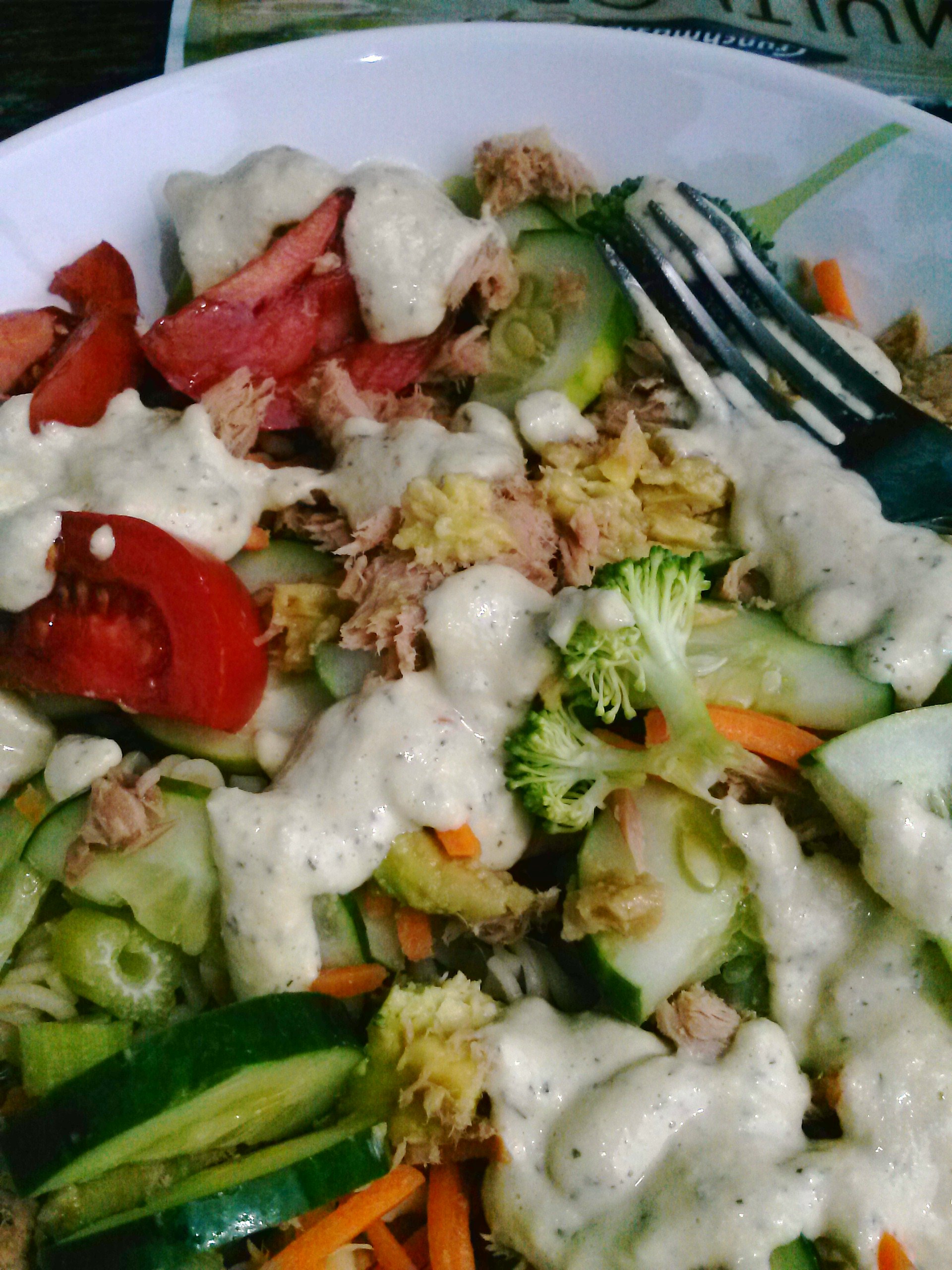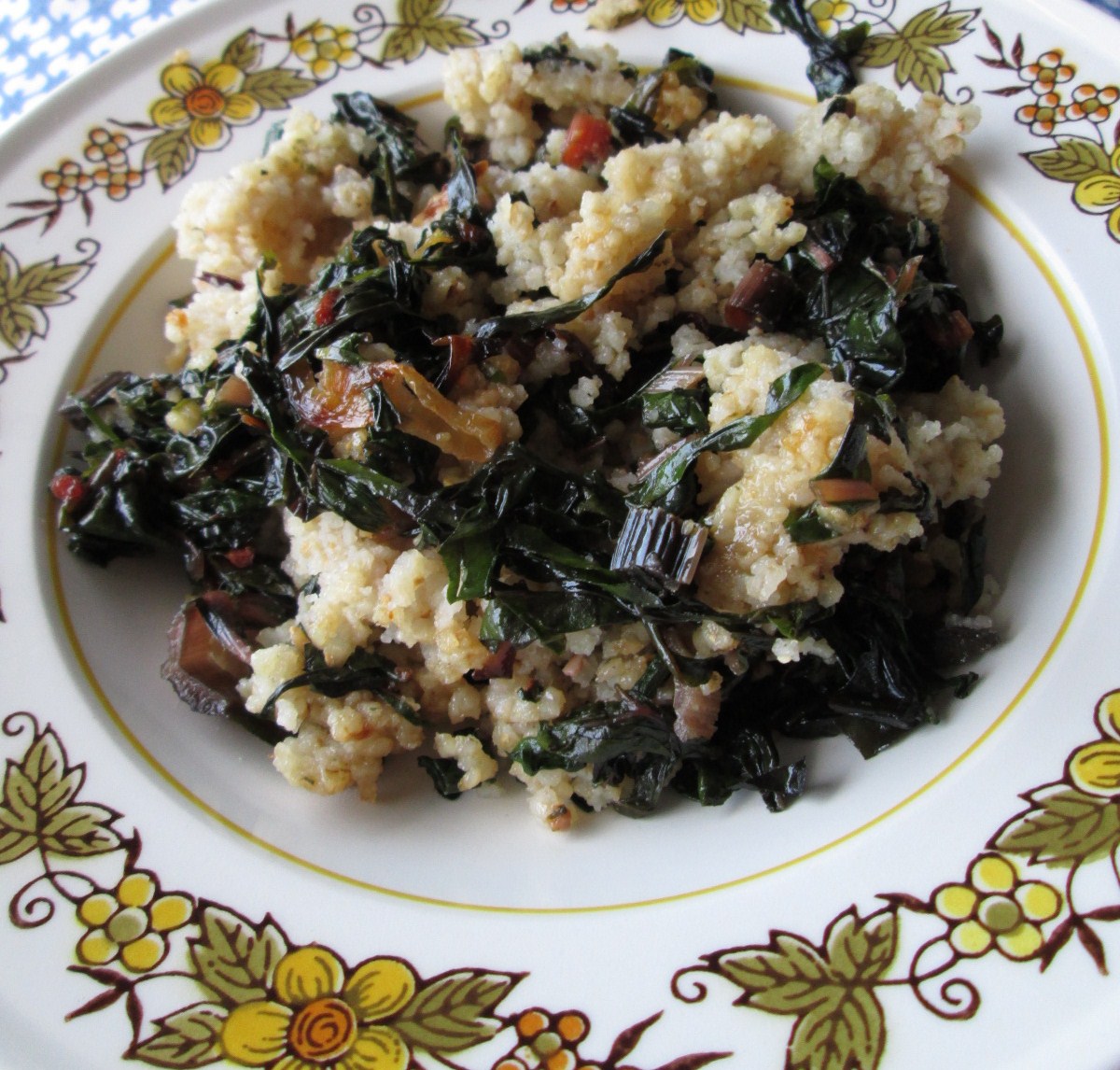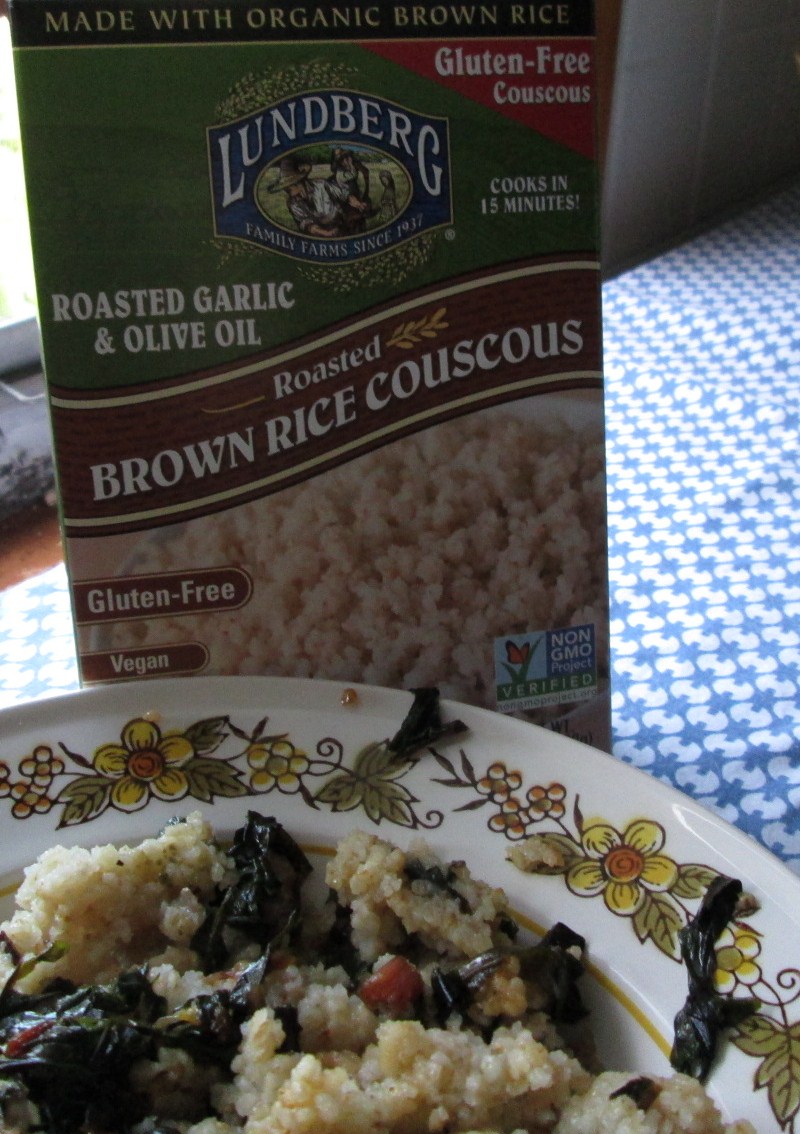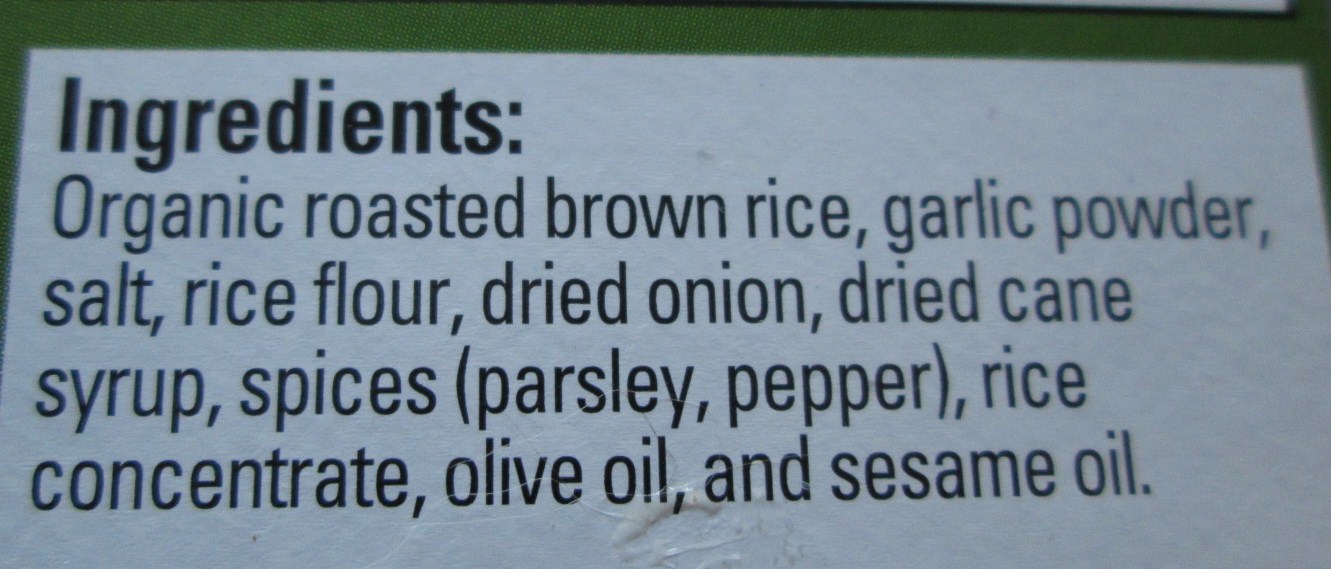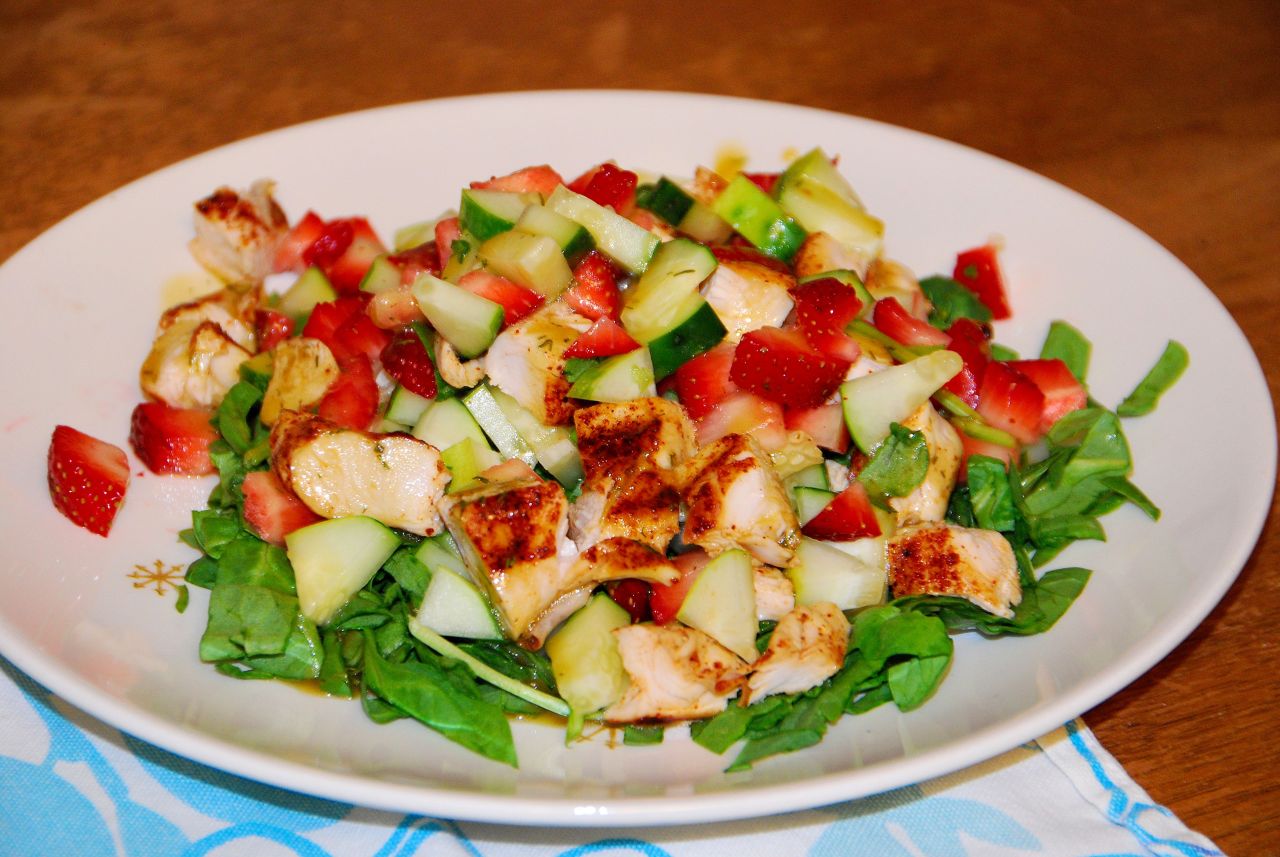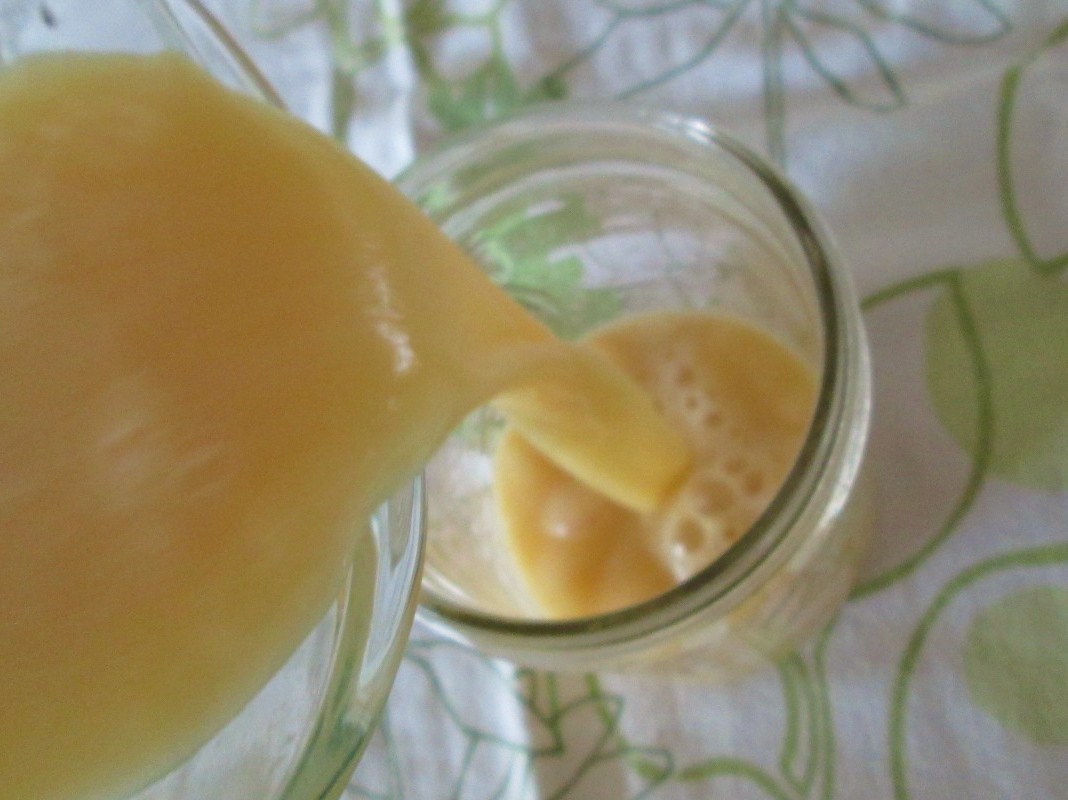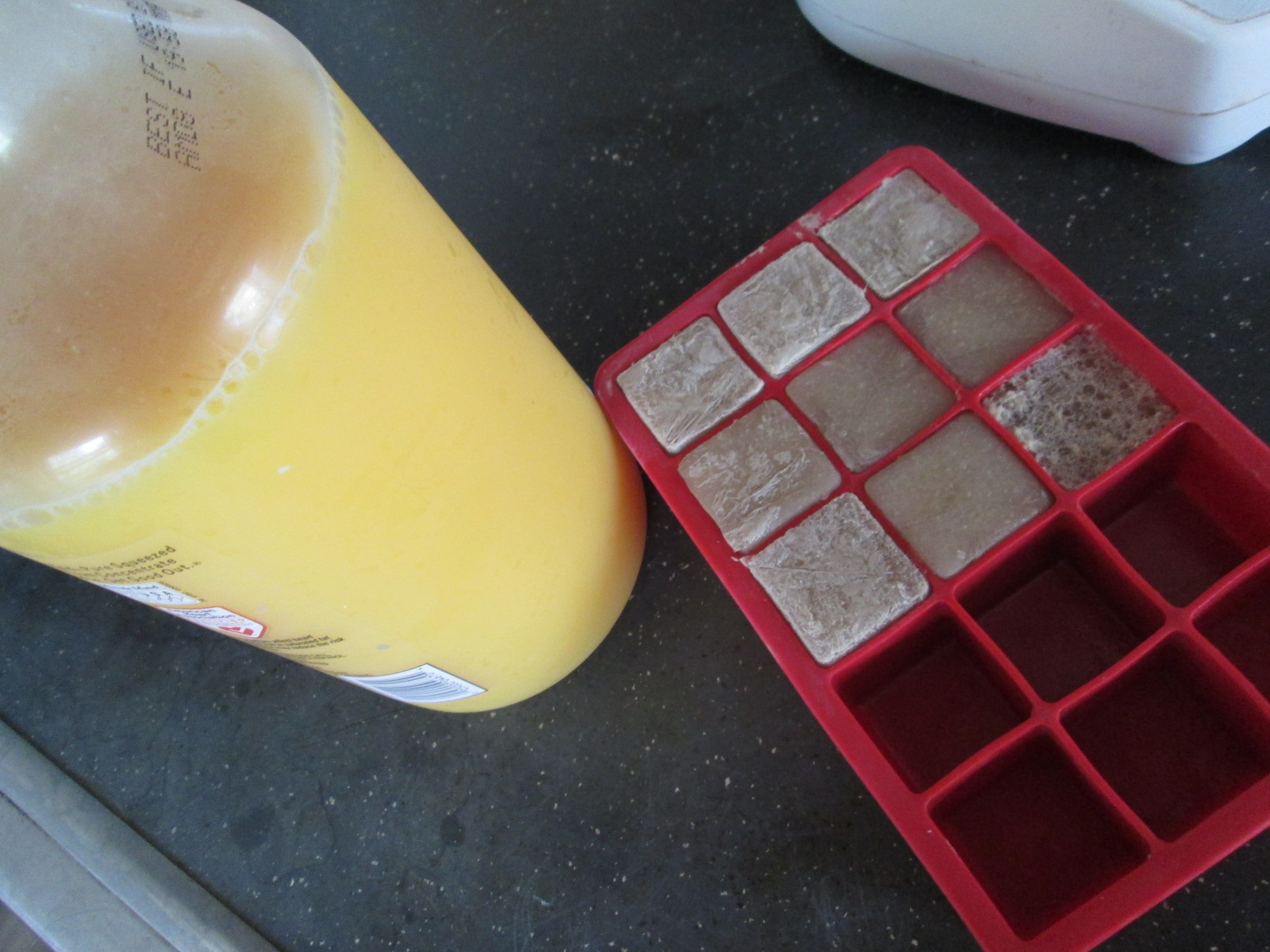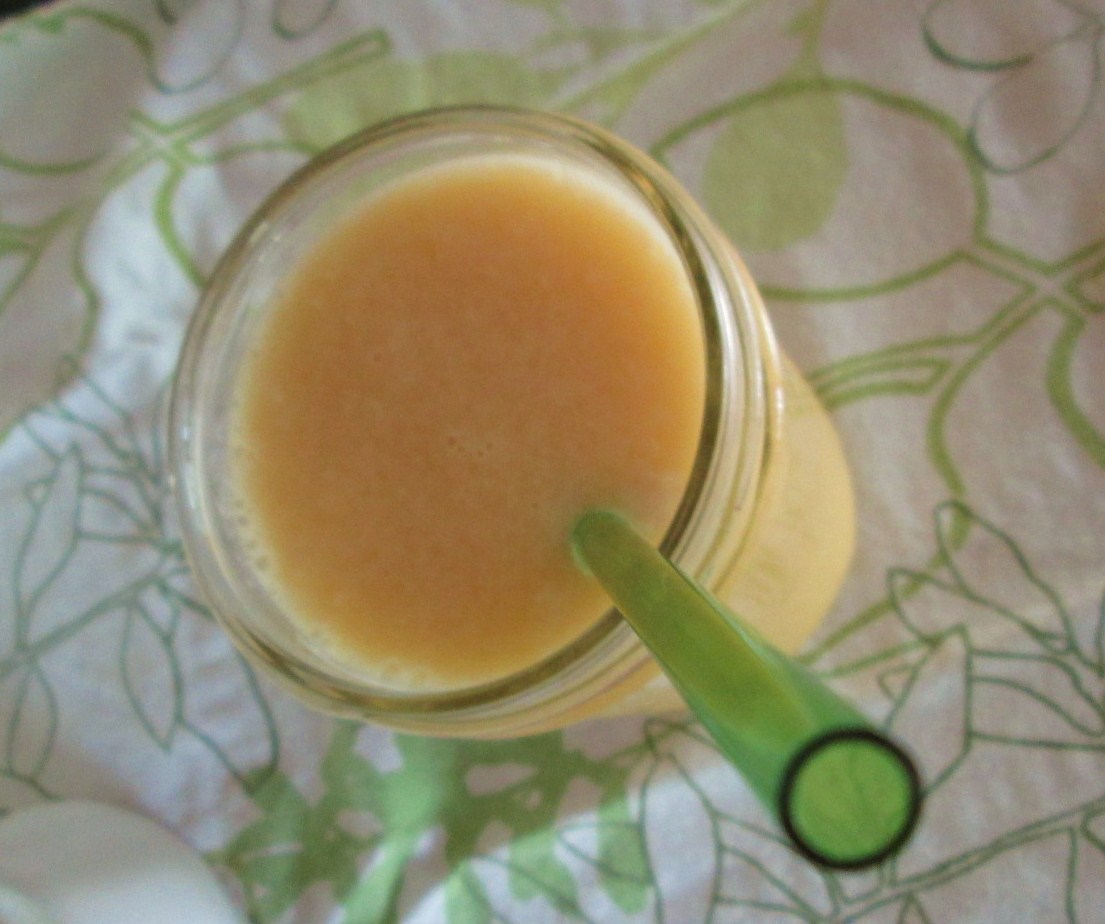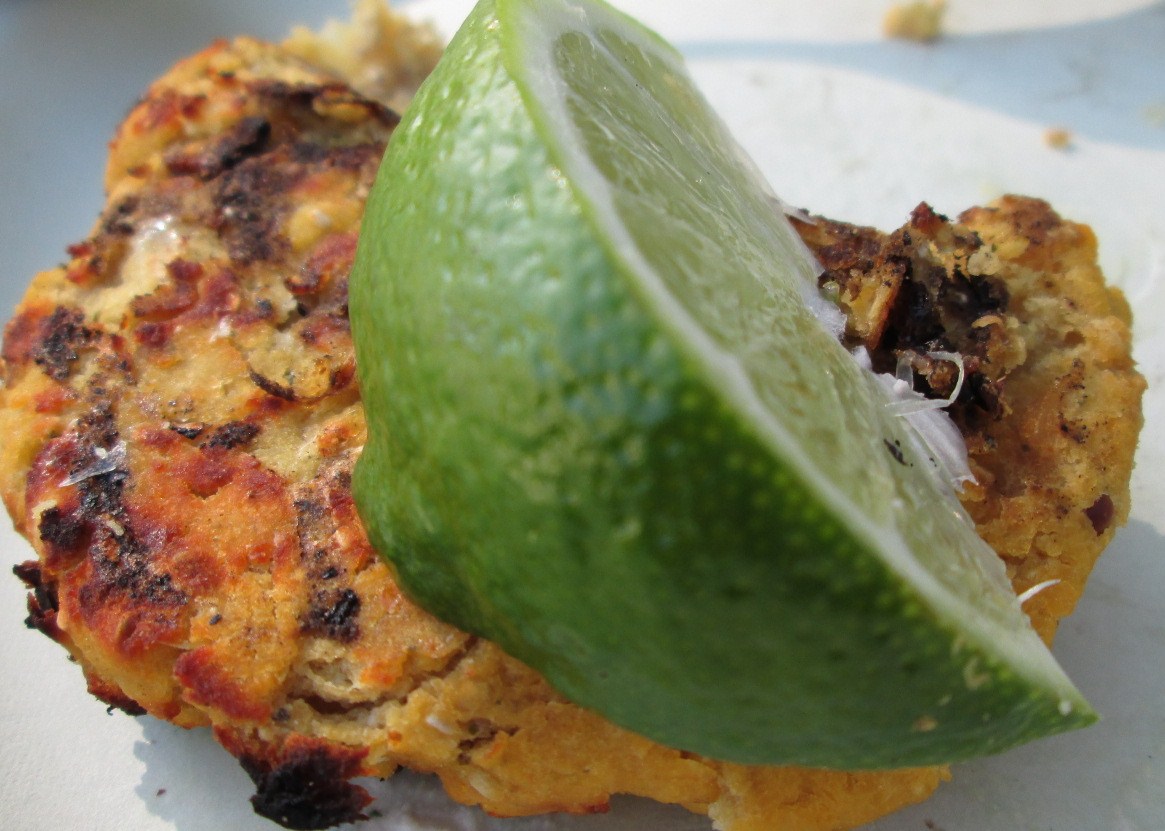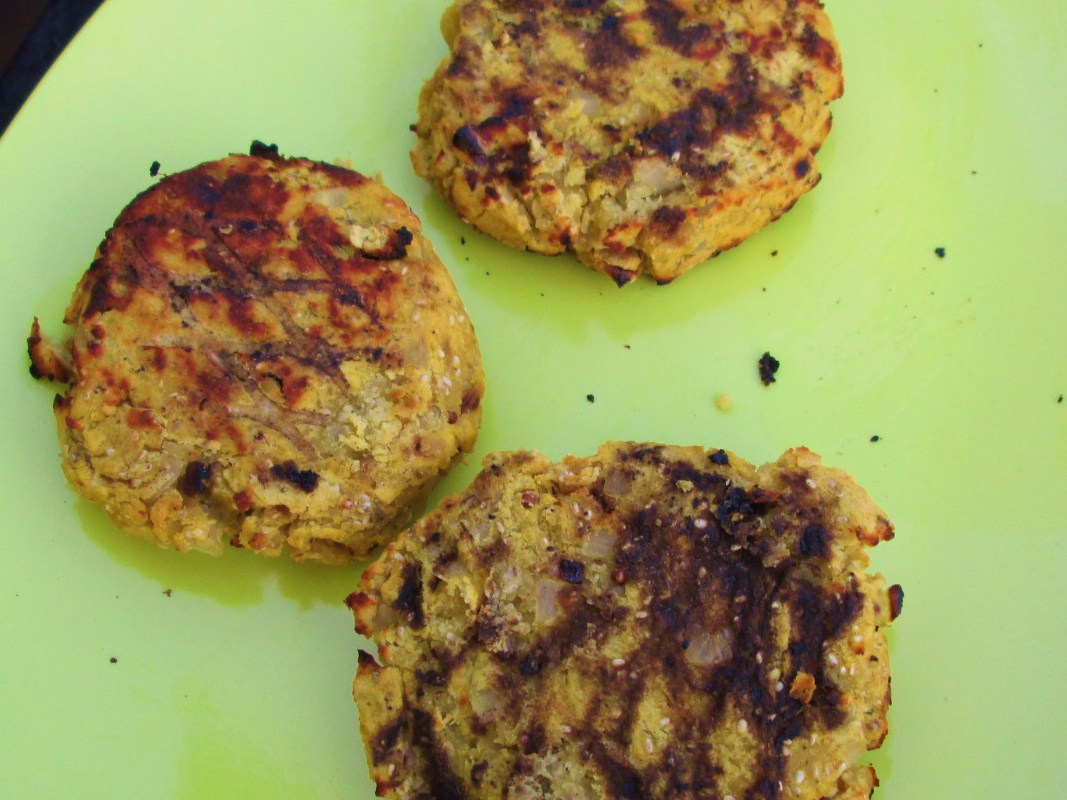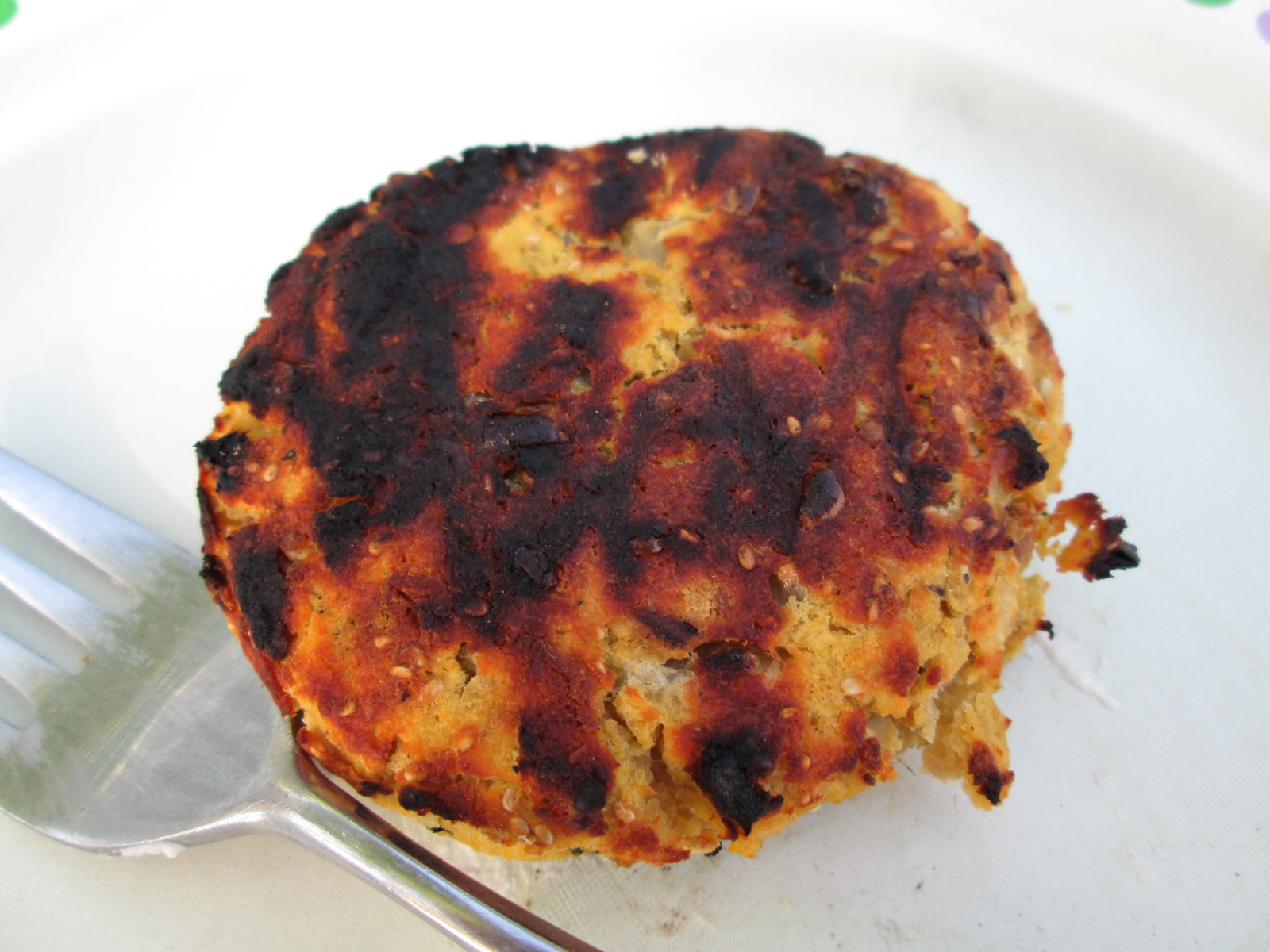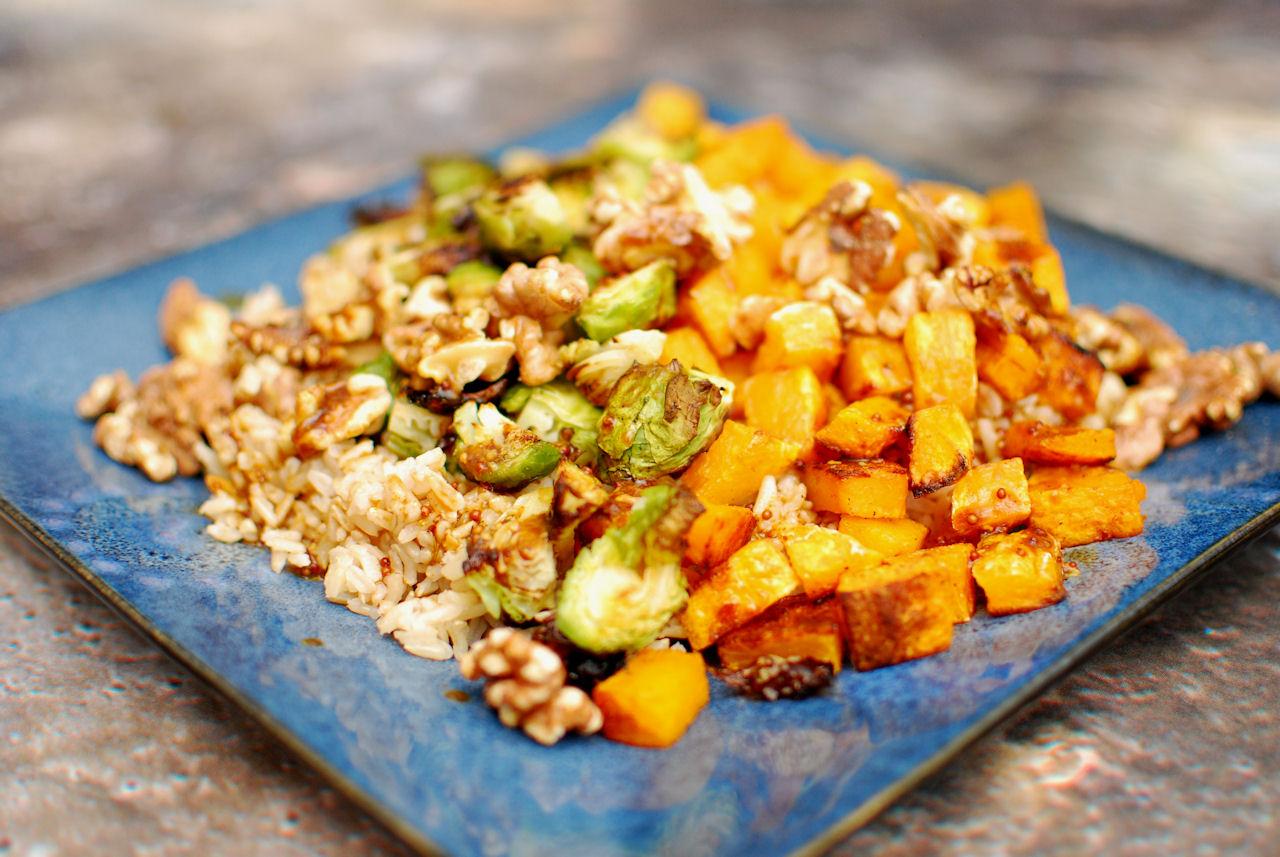
I started working on this particular dish about a year ago when I discovered this branch of Brussels sprouts at a Trader Joe’s and had to buy it. How do you not buy that?
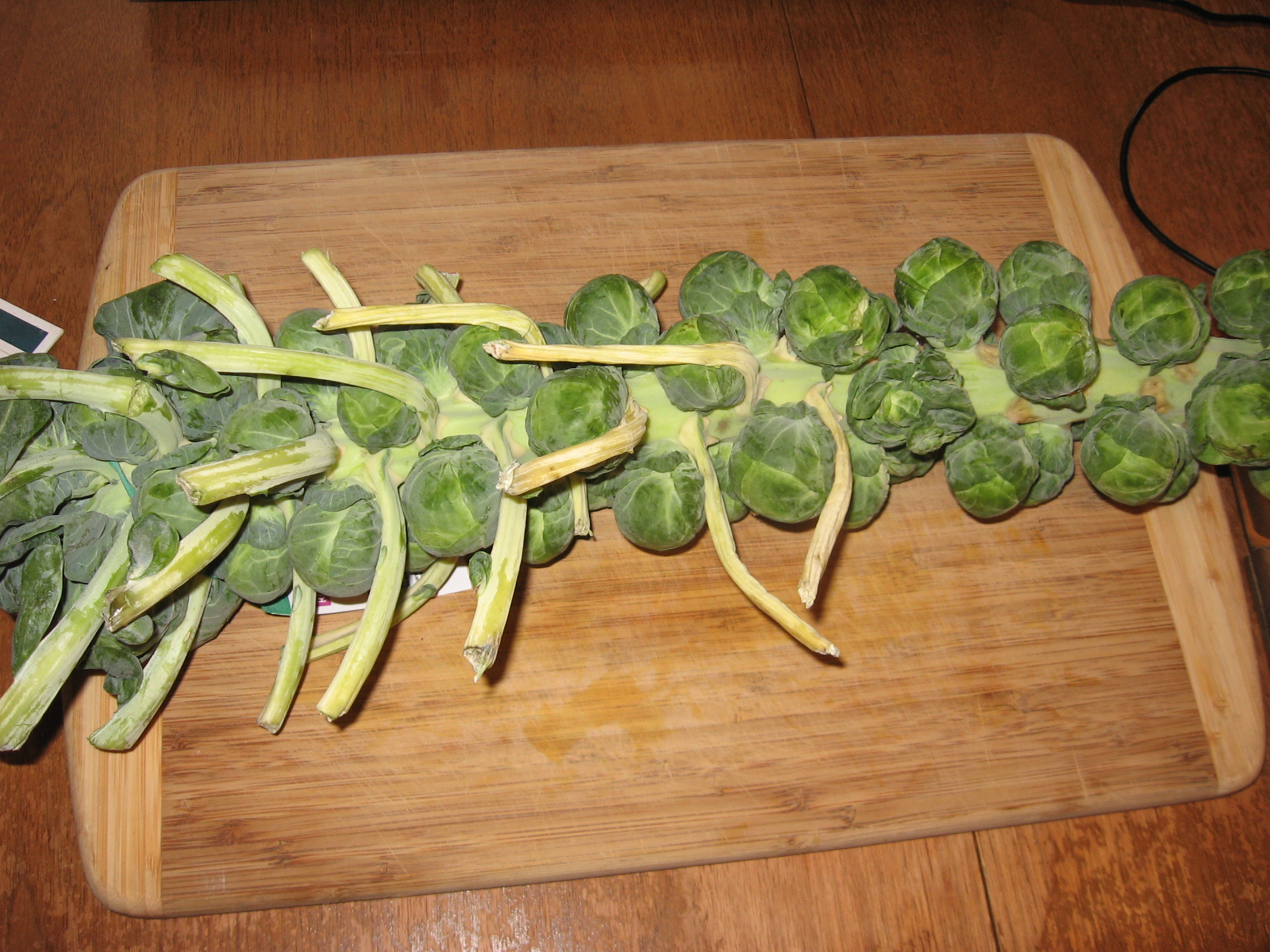
I made a lot of different Brussels sprouts recipes to use them all up, but most of them involved roasting the sprouts. There is no better way. Roasting is also really the only way to cook butternut squash, and I thought maybe these things would go together well, maybe with some rice and a sauce. I made a dressing using a magical mustard I’d brought back from Paris that was curried apricot mustard, and I’ve been trying to reproduce that flavor since. It took more than a few tries, but it was still cheaper than going back to Paris (where, I need to tell you, there is a whole store that just sells mustard. They have mustard on tap. That was absolutely a highlight of my trip.)
I wanted to call this a pilaf, but apparently a pilaf requires the rice to be cooked in a flavored broth. This dish calls for brown rice cooked in very exciting water, but the dressing you toss everything with at the end adds plenty of flavor, and the vegetables have their own flavors — plus carmelization (i.e. oxidization of the sugars) because of the roasting. Tasty.
Squash and Sprout Rice Platter
Preheat oven to 450F.
- 3/4 cup brown rice
- 1/4 cup wild rice
- 2 1/4 cups water
OR
- 1 cup brown rice
- 2 1/4 cups water
Cook rice however you normally cook rice. I throw it in my rice cooker. This takes about 40 minutes, and so will your vegetables, so start the rice first and then move on.
- 1/2 lb. butternut squash, peeled* and cut into 1/2 inch cubes — about the size of playing dice
- 1/2 lb. Brussels sprouts, ends trimmed off and any weird outer leaves removed, halved or quartered depending on your preference — make them bite-sized
- 1 cup raw walnut halves or pieces (optional)
- 2 Tablespoons to 1/4 cup oil of your choice (I use olive oil or safflower oil)
- 1 teaspoon seasoned salt (I use a spicy seasoned salt, but you can use regular — whatever is your favorite)
- 1/2 teaspoon salt
Line three separate baking sheets with parchment paper (or don’t, but this makes clean up easier).
Toss the squash with 1-2 Tablespoons of oil, lay out in a single layer on a baking sheet, and sprinkle with either salt, seasoned salt, or spicy seasoned salt. I prefer the latter. Throw them in the oven and set the time for 25 minutes.
Toss the sprouts with another 1 Tablespoon of oil, lay out on the second sheet, and sprinkle with about 1/2 teaspoon salt. When the time goes off for the squash, throw the sprouts in (don’t remove the squash!) and reset the timer for 10 minutes.
Spread the walnuts out on the third sheet. When the time goes off again, add the walnut pan to the oven and check the sprouts — remove if necessary. Set the timer for 5 minutes.
A note for the nut allergic: The walnuts are optional in this dish! If you aren’t allergic but just don’t like whole walnuts, chop them up some, as they do add a great flavor to this dish.
Your total cooking time is 45 minutes. The squash gets the full amount, the sprouts about 15, and the walnuts 5. This works out perfectly in my oven, but keep an eye out, especially for the nuts.
- 4 Tablespoons balsamic vinegar
- 1 1/2 teaspoon molasses
- 2 teaspoons apricot jam
- 1/2 teaspoon curry powder (again, if you like the spice, get the spicy one)
- 3 1/2 teaspoons Dijon mustard — grainy if you wish, but smooth works best here
- 1 1/2 Tablespoons high-quality olive oil
Whisk all ingredients together.
Plate the rice, add the veggies, drizzle on the sauce, and sprinkle walnuts over the top. Dig in and enjoy.
